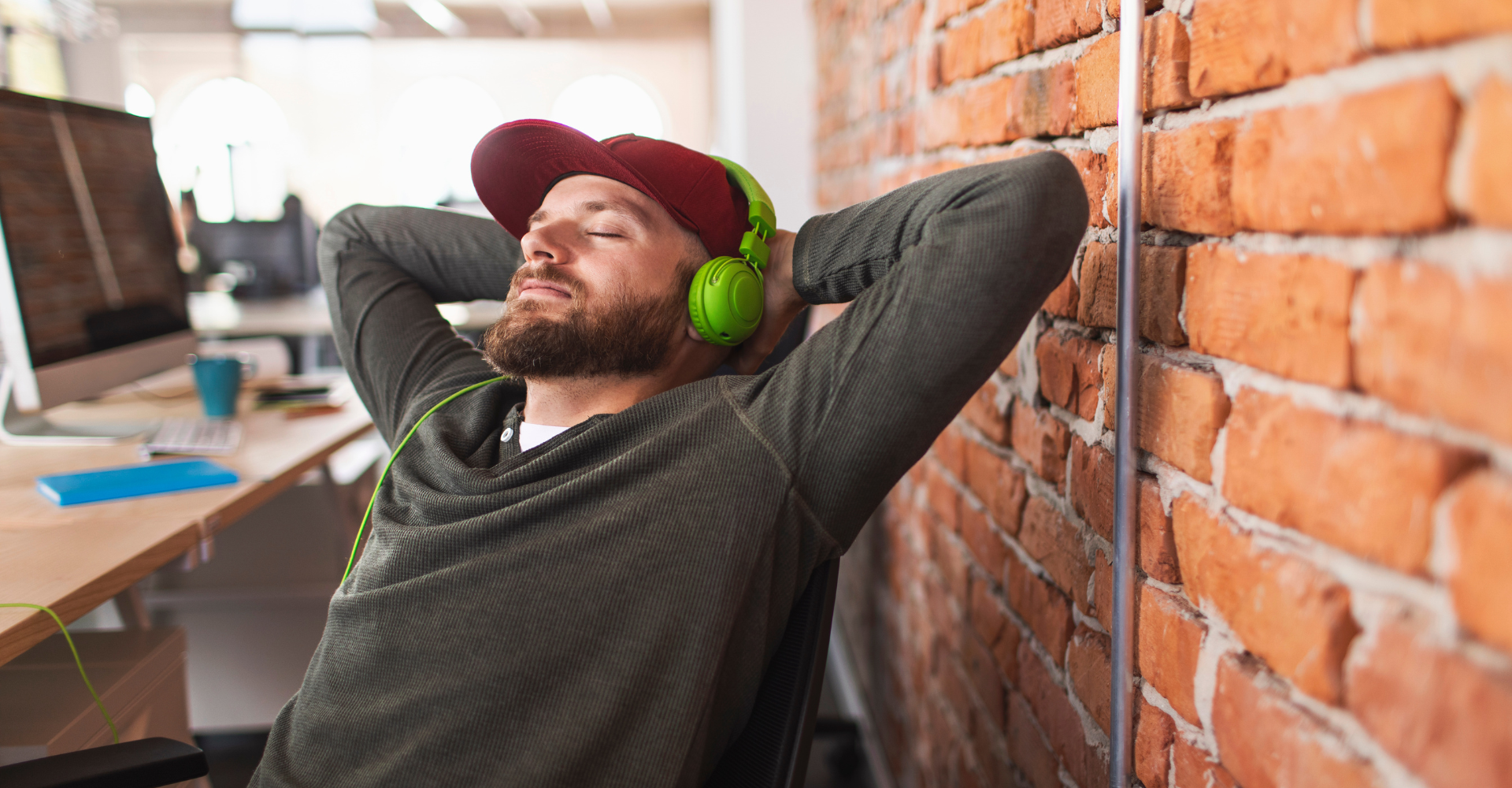Our North American focus on hustle or die has helped give napping a bad name on this continent. But did you know that in many countries in the world, a midday slumber is expected, and even considered part of a healthy self-care routine?
And the data is in – napping has health benefits that are worth paying attention to. So, is it time yet to set up a little napping station in your office? The answer may just be yes.
NASA Nap Research
I lived in France for a couple of decades and quickly embraced the custom of having a long lunch with colleagues or family followed by a short siesta and then back to work or play, depending on the day. All businesses literally shut down from noon to 4, especially in the hot southern locations.
Somehow this wonderful practice didn’t make its way across the Atlantic even after NASA investigated the benefits of napping. While generally frowned upon in the office, the surge in people working from home increased interest in napping as a legitimate practice, much to my delight.
The reality is, most of us get groggy after lunch and often find ourselves pushing through work despite heavy eyelids and slower thought processes.
Much to the happiness of many an office stealth napper, NASA has confirmed that the best thing you can do for cognitive function in the day is to take a quick nap. But what is the optimal power nap length? 10 minutes, 20 minutes, a half hour, an hour?
Optimal Power Nap Length
NASA’s research showed that naps really can restore cognitive function.
The space agency found that pilots who slept in the cockpit for 26 minutes showed alertness improvements of up to 54% and job-performance improvements by 34%, compared to pilots who didn’t nap.
The optimal nap length is 26 minutes, because you only go through the first two of the five stages of sleep in a 26 minute timeframe. The first two phases are considered non rapid eye movements phases, and if you stay in these phases you should wake up feeling refreshed. Much longer than this and you risk entering REM sleep, which can make you groggy upon awakening.
Long or frequent naps may also interfere with nighttime sleep. If you experience insomnia, be careful with napping as it can exacerbate symptoms of insomnia.
The NAVY SEAL Nap
A new napping trend known as the Navy Seal Nap went viral on social media in 2022.
This technique involves napping for 8 to 10 minutes with your feet elevated at least 6 inches above your heart. You can rest your legs on a couch or chair, the edge of your bed, or against a wall.
Also a well-known yoga pose known as viparita karani, elevating your legs above your heart lowers blood pressure in the legs, which in turn can allow your heart and brain to relax. Always use a cushion underneath your legs if they are resting on a surface as you may experience pain or bruising in your legs, which is counterproductive.
If you experience back pain this method may not be for you. Consult your doctor before you start this practice if you have back problems.
Currently, there is no science supporting the connection between the elevation of legs and sleep. However, elevating the legs for a short period of time every day (some medical practitioners recommend 3 times per day) relieves pressure on veins, reduces inflammation, helps drain lactic acid and other metabolites from muscles.
While napping may have gotten a bad rap in North America in past years, at The Health Insider we believe attitudes towards the Power Nap are starting to shift.
My colleagues and I have extensively tested the NASA napping theory and have found positive results in mental clarity and cognitive function. Next up, we’ll test the Navy Seal nap.
Let us know on our social media channels – have you tried either of these techniques, and has it worked for you?
~ Read more from The Health Insider ~
- Sleeping Well Again: How CBT-I Rebuilds Your Sleep From the Ground UpCBT-I offers a proven, long-term alternative that retrains the brain to sleep again, transforming insomnia treatment in Canada.
- Struggling With the Time Change? Here’s How to Get Back on TrackLosing or gaining an hour can mess with your energy, mood, and sleep. Here’s how to help your body adjust naturally to the time change.
- This Free Sleep Tool Could Be the Key to Feeling Rested AgainTrouble falling asleep? Waking up groggy? This free tool can help you sync your sleep to your body’s clock for better rest and brighter mornings.
- Sleep Apnea Testing At Home: How Good Is It?Home Sleep Apnea Testing offers a simpler way to diagnose Obstructive Sleep Apnea. But a careful examination reveals some of its possible shortcomings.
- The Future of Sleep: It’s About Tech and SegmentsFrom segmented sleep to modern trends, our 24/7 world is disrupting sleep like never before. Can technology help us rest better—or make it worse?
- The Hazard of Ignoring Sleep Apnea: How it Can Trigger Alzheimer’sExtremely underdiagnosed, Statistics Canada predicts as much as a quarter of Canadians have or are at high risk of having sleep apnea. A mere 6.4 per cent of Canadians have an official diagnosis, leaving most people without help.
The information provided on TheHealthInsider.ca is for educational purposes only and does not substitute for professional medical advice. TheHealthInsider.ca advises consulting a medical professional or healthcare provider when seeking medical advice, diagnoses, or treatment.
















